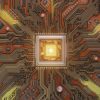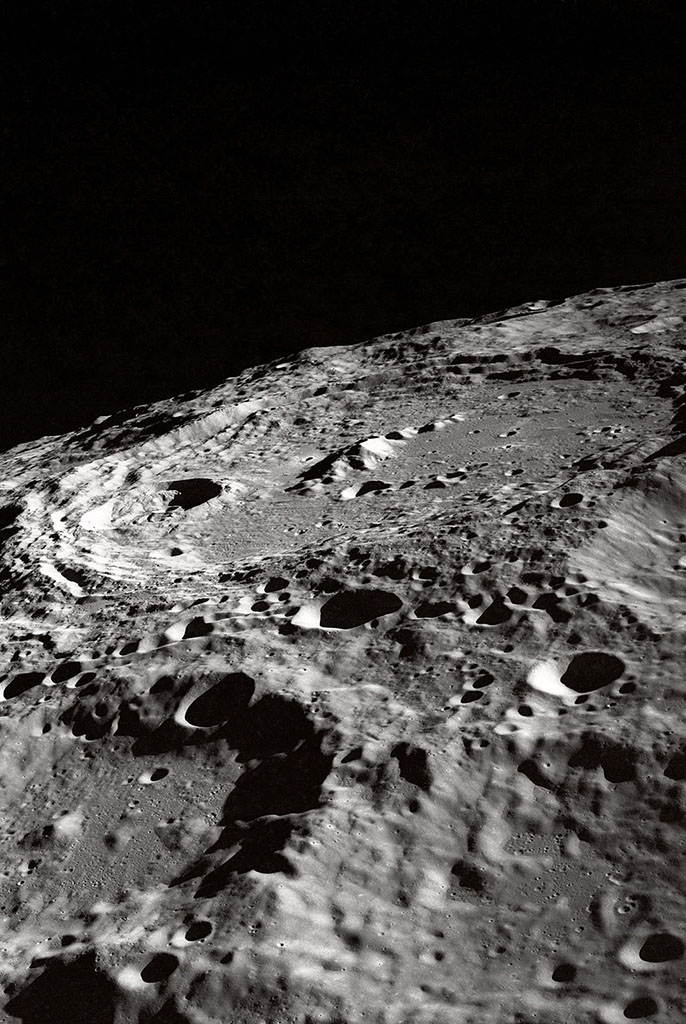Despite the profound human, social and economic costs of alcohol abuse, existing treatments have failed to provide meaningful relief. Excessive alcohol consumption remains a leading cause of death and disability worldwide. In the U.S. alone, 16.4 million people age 12 and older reported binge drinking on five or more days in the past month.
Although there are several drugs available to those seeking to stop or lower their alcohol consumption, their effectiveness is limited, and they often have significant side effects. Over the past three decades, efforts to treat excessive drinking have focused primarily on developing drugs that target proteins that can control how neurons respond to stimuli. Because these proteins are present in almost every neuron throughout the brain, the drugs also affect neurons that aren’t directly responsible for regulating alcohol’s effects. This often leads to unwanted side effects like headache, fatigue, drowsiness or insomnia.
In my work as a neurobiologist, I study the idea that pinpointing the specific brain circuits that play a role in suppressing alcohol consumption is critical to developing targeted treatments with limited side effects. In my newly published research, my team and I identified a small cluster of neurons responsible for suppressing binge drinking.
A map of binge drinking neurons
Researchers have identified several brain regions that play a key role in alcohol abuse. But there has been strong evidence that only a very small number of neurons within these regions underpinned the effects of the drug on brain function.
Small populations of neurons, called neuronal ensembles, have been shown to play a key role in memory formation and experiencing fear. However, researchers haven’t known whether the neuronal ensembles activated during binge drinking also influence binge drinking behavior.

The brain’s binge drinking brakes can go awry.
Victoria Kotlyarchuk/iStock via Getty Images Plus
Considering the billions of neurons contained in the brain, the task of identifying these neurons is akin to finding a needle in a haystack. To solve this challenge, my colleagues and I used a genetically modified mouse model that, upon exposure to alcohol, activates a gene coding for a red fluorescent protein that is selectively expressed in alcohol-sensitive neurons. By tracing these fluorescent neurons, we were able to make a map of the precise locations of affected neurons.
We identified a discrete number of neurons that respond to binge drinking in a brain region called the medial orbitofrontal cortex. This area is known for its key role in controlling decision-making and adapting behavior to a changing environment.
We also found that turning this neuronal ensemble off resulted in a sharp increase of alcohol consumption in mice. This means that the brain has, in essence, a built-in regulation system that is activated during alcohol drinking to act as a…


